700 Million Year Ice Age Mystery Finally Solved
Over 700 million years ago, Earth experienced a severe ice age that lasted for 57 million years. The cause of this global freezing has long remained a mystery. However, now, with plate tectonic modeling, Australian geologists are finally learning why the ice age occurred.
According to new data, scientists now believe that lower-than-average volcanic carbon dioxide emissions were the cause of the planet’s ice age 700 million years ago.
Low Volcanic Emissions to Blame For Ancient Ice Age
A team of scientists and geologists worked together in a new study published in Geology, striving to uncover why this ice age occurred — and why it continued for so long. The Sturtian glaciation took place from 717 to 660 million years ago.
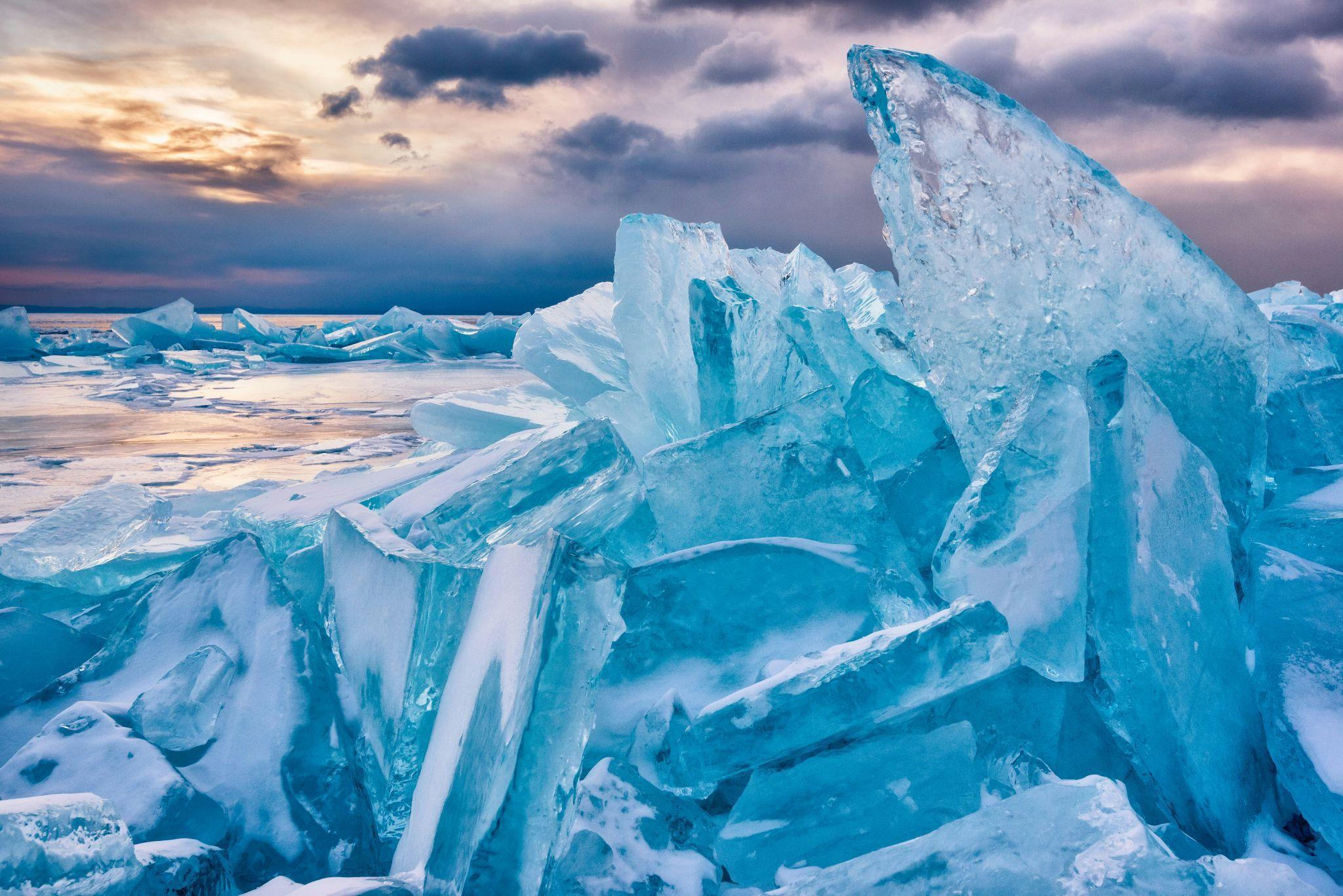
Source: Sergey Pesterev/Unsplash
Dr. Adriana Dutkiewicz, ARC Future Fellow and the study’s lead author, explained how volcanoes played a part in freezing almost the entire planet. “We now think we have cracked the mystery: historically low volcanic carbon dioxide emissions, aided by weathering of a large pile of volcanic rocks in what is now Canada; a process that absorbs atmospheric carbon dioxide.”
Earth’s Frozen Conditions 700 Million Years Ago
Life on Earth was very different during the Sturtian glaciation. Dinosaurs had yet to exist. Complex plant forms were also not seen on the planet during this time. Thanks to these low volcanic emissions, Earth itself was basically ice.

Source: Yang/Unsplash
“Imagine the Earth almost completely frozen over,” Dr. Dutkiewicz explained. “That’s just what happened about 700 million years ago; the planet was blanketed in ice from poles to equator and temperatures plunged.”
Computer Models Help Solve Ice Age Mystery
The Flinders Ranges in South Australia first inspired the study’s team to answer the many questions revolving around this ice age. The Ranges contain debris from the Sturtian glaciation.
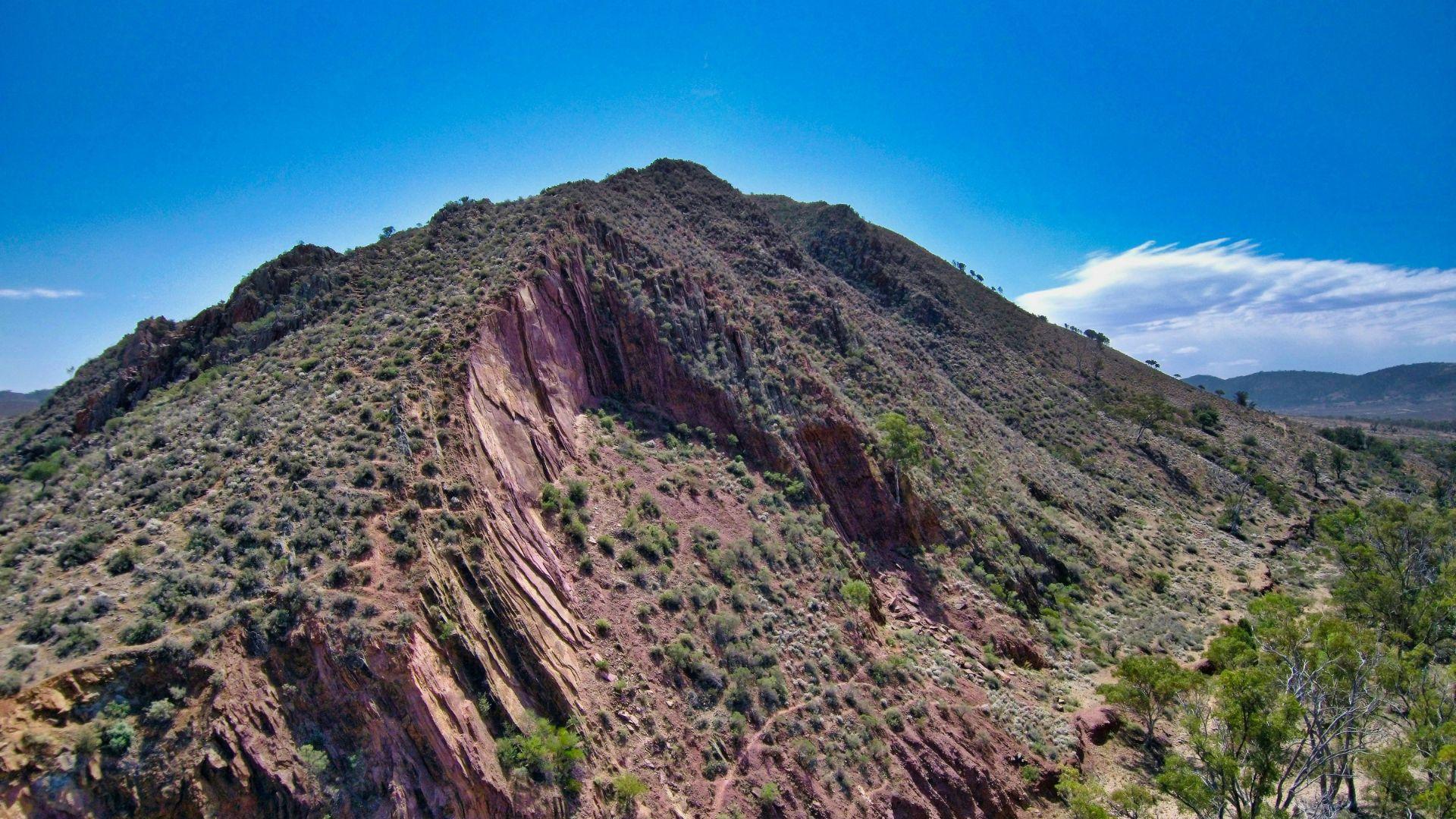
Source: Mick Orlick/Unsplash
A visit to the Ranges by the team led them to continue their study differently. By using the University of Sydney EarthByte computer models, they narrowed their focus on the cause and length of the ice age.
Supercontinent Rodinia Influenced Glacial Period
This specific ice age occurred after the supercontinent Rodinia broke up. This led geologists to use a plate tectonic model that shows how continents and ocean basins were evolving during this time.
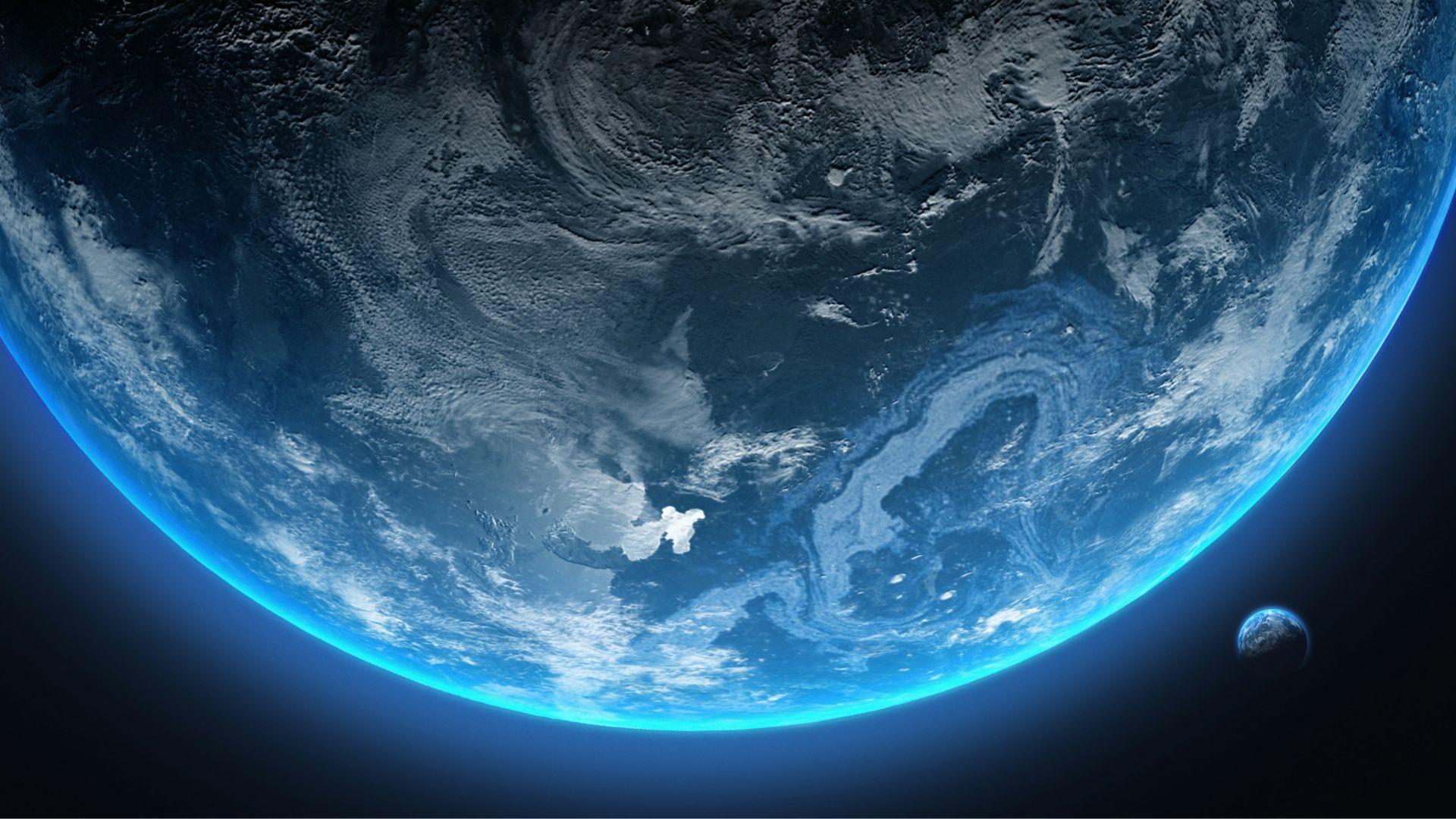
Source: Javier Miranda/Unsplash
Through this computer model, the team found what they were looking for. During this time, plates diverged during the same timeframe that volcanic degassing of underwater volcanoes hit a minimum.
A Perfect Storm Began The Sturtian Glaciation
University of Sydney Professor Dietmar Müller, a co-author of the study, detailed how a combination of different factors eventually led to this long-lasting ice age.
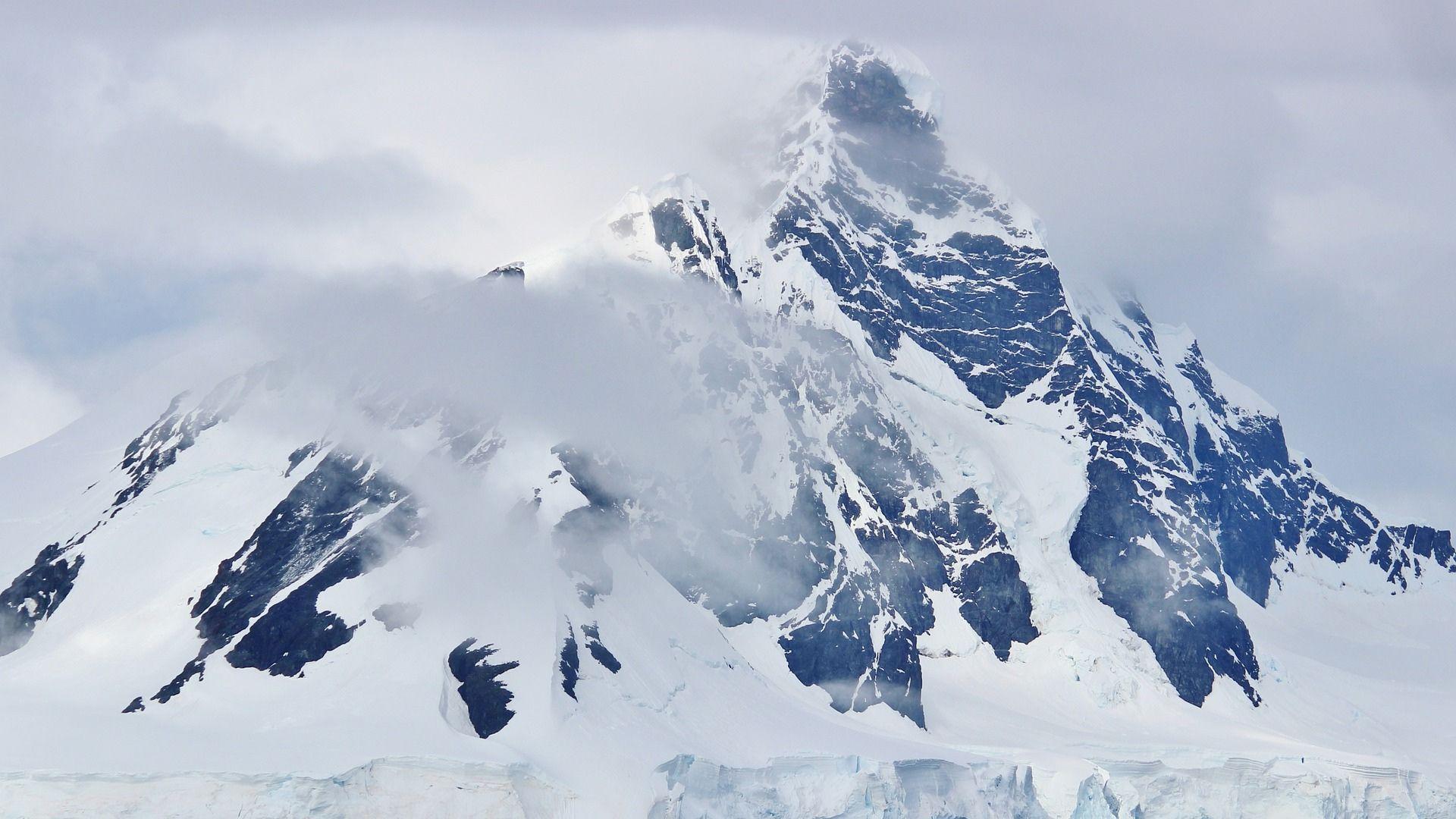
Source: Michelle Raponi/Pixabay
“Geology ruled climate at this time,” he explained. “We think the Sturtian ice age kicked in due to a double whammy: a plate tectonic reorganization brought volcanic degassing to a minimum, while simultaneously a continental volcanic province in Canada started eroding away, consuming atmospheric CO2.”
Earth Has A Built-In Thermostat
This study also shows that atmospheric carbon concentration can influence the planet’s entire climate system. Earth has a built-in thermostat that helps it function accordingly — but also keeps the planet from getting too hot.
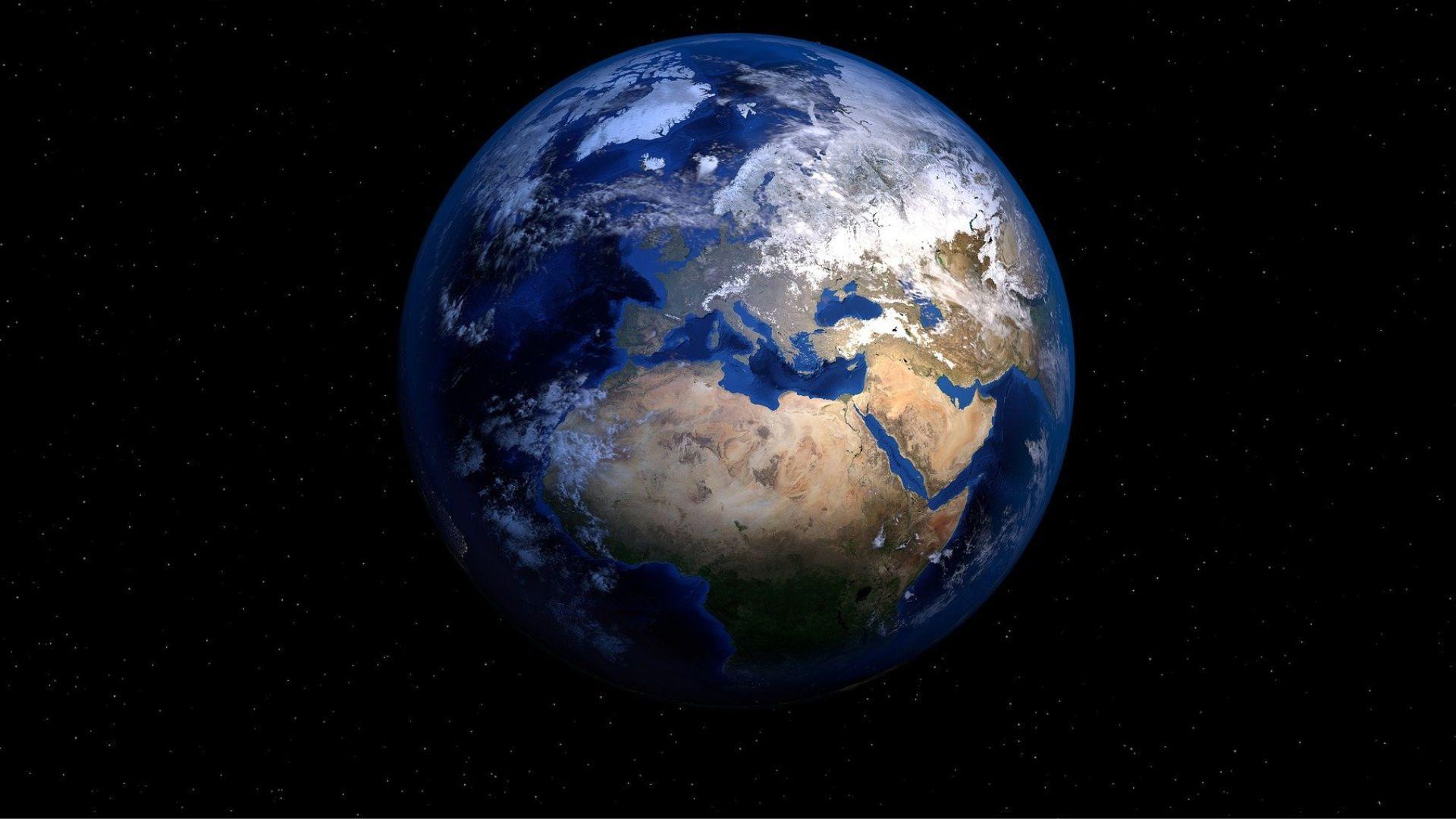
Source: PIRO4D/Pixabay
Müller explained this in regards to the ice age. “The result was that the atmospheric CO2 fell to a level where glaciation kicks in — which we estimate to be below 200 parts per million, less than half today’s level.”
Using The Past To Look Towards the Future
The study’s authors believe that finally solving this ancient ice age mystery could help us better understand where the planet is headed in the future. Notably, the study shows just how influential atmospheric carbon concentration is to climate.

Source: Ant Rozetsky/Unsplash
However, the team also explains that geological climate change is completely different than human-influenced climate change. Geological influences are incredibly slow. Human influences bring change much faster.
A New Supercontinent In Our Future
Recently, a new study theorized that Earth would become a new supercontinent called Pangea Ultima. This would slowly occur over the next 250 million years.
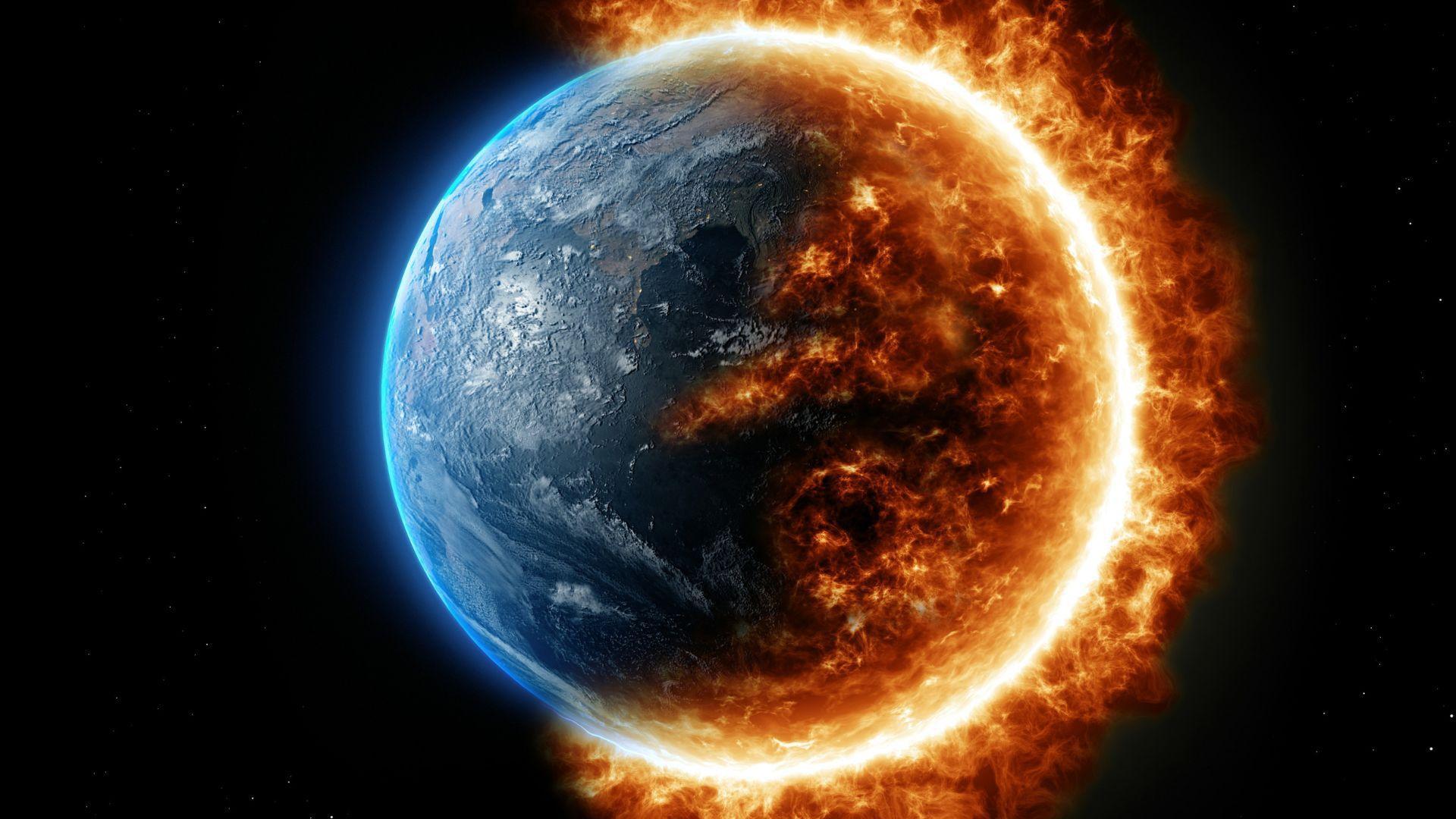
Source: Javier Miranda/Unsplash
However, this supercontinent would also be extremely hot. As a result, many life forms would not be able to survive in these conditions — and most, if not all, mammals would become extinct.
Another Extreme Ice Age Could Occur
While a superhot Pangea Ultima has been theorized, this study also suggests that another glacial period could occur in the next 250 million years instead. According to scientists, the Earth is currently on track to emit lower volcanic carbon dioxide emissions than average.

Source: Torsten Dederichs/Unsplash
Therefore, if Earth does move to form another supercontinent, this tectonic movement eventually slowing down could trigger another ice age similar to the Sturtian glaciation seen 700 million years ago.
